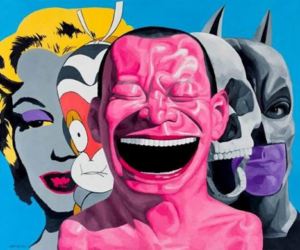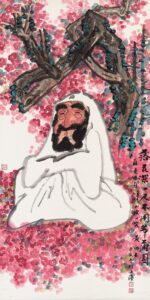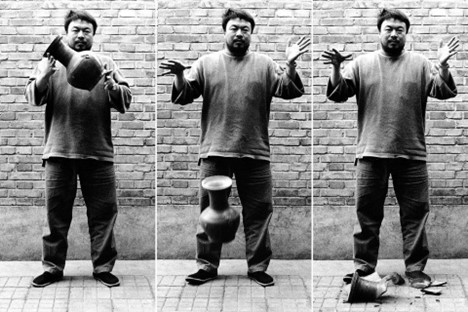Chinese Contemporary Art 101
Do you love contemporary art? Well here’s some you may not have know about – Chinese contemporary art, this article will explore the various facets of this country’s contemporary art scene. Firstly, we will look at the definition of Chinese contemporary art and its origin. Secondly, we will explore the various categories of Chinese contemporary art. Thirdly, we will look at some of the most influential artists in China today and lastly, we will take a brief look at some of China’s most popular museums.
The definition for Chinese contemporary art is that it is a modern form of visual arts with a distinct style that has emerged from within China in recent decades. The origin for this type of art was after the Cultural Revolution in 1949 when China opened up to Western influences and international trade which brought about new ideas and methods to be used by artists. There are four main categories for Chinese contemporary art: folk arts, avant-garde arts, traditional arts, and industrial design arts. There are also many influential artists who have emerged from China in recent years such as Ai Weiwei who have shaken the world with their originality and creativity.
Chinese Contemporary Art, an Introduction to its Development in China
Chinese contemporary art is a relatively new concept that has been around since the 1990s. It was further developed by Yue Minjun, Wang Guangyi and Huang Yongyu.
Yue Minjun:

In the 1990s, Yue Minjun was one of the first Chinese artists who came to international attention. His works are often large-scale paintings with characters that are distorted and deformed. They are usually painted with a thick impasto and have a dark mood. This is not surprising as the artist was born during the Cultural Revolution in China and he experienced this period of history himself.
Wang Guangyi:

Wang Guangyi is a Chinese painter who became famous for his style of painting which criticizes Western consumerism. He is one of the most well-known representatives of modern art in China but he has also been criticized for being too commercialized by his Western audience.
Huang Yongyu:

Huang Yongyu is an artist who has been living in Beijing since 1989. His main focus lies on photography, video, installation and performance artworks which criticize mainstream social and political structures.
Influence of the Cultural Revolution on Chinese Art
The Cultural Revolution was a period of economic, social and political turmoil in China that lasted from 1966 to 1976. The Revolution was led by Chairman Mao Zedong and the Communist Party of China. It had a major influence on Chinese art, which is still seen today.
Chinese contemporary artists are using the Revolution as inspiration for their work. They are exploring themes such as individualism, rebellion, and the trauma of history on society.
Exportation of the Medium to the West
In the late 1950s, the Chinese government was increasingly concerned about the Westernization of China and began to promote socialist realism as a form of art. This period is also known as the Cultural Revolution. Mao Zedong, chairman of communist China, saw this movement as a way to break away from Western values and culture. The movement began with a focus on traditional Chinese painting and calligraphy but soon expanded to include all forms of art.
The export of contemporary Chinese Art has been on the rise in recent years. It is becoming more popular in Western countries for its abstract nature that is different from traditional styles seen in the West.
Conclusion and Future Development
Chinese contemporary art is a form of art that emerged in the 20th century in the wake of the modernization of China. The emergence and development of Chinese contemporary art has been a reflection of China’s modernization process, as well as an important symbol for the new era.
As China becomes a global power, the art world is also changing. Artists are looking to new ways of expression and new perspectives. Chinese contemporary art is an important part of modern Chinese culture. It reflects the progress and development of modern China and has become an important symbol for this new era.


